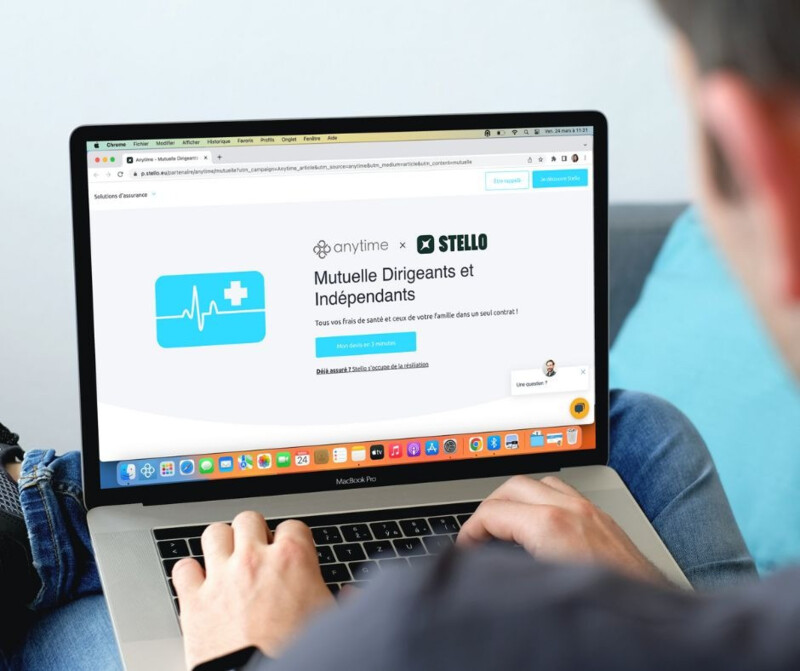
Cet article est le troisième volet d'une série spéciale consacrée à la TVA 🤗.
Vous débarquez et souhaitez tout comprendre sur ce sujet pour mieux maîtriser votre comptabilité ?
Rendez-vous 👉 ici pour découvrir les bases de ce qu'est la TVA et 👉 ici pour apprendre à la calculer.
Les deux types de TVA 🤓
Une entreprise est soumise à deux types de TVA :
| La TVA collectée | La TVA déductible ou récupérable |
|---|---|
| Elle représente l'ensemble de la TVA payée par vos clients lorsqu'ils achètent l'un de vos produits ou services. Elle provient donc des ventes que vous réalisez et vous êtes chargé en tant que vendeur de la reverser directement à l'état selon des dates spécifiques à la nature du produit ou service vendu. (Plus d'infos ici) |
Elle représente la TVA que vous avez payée lorsque vous avez acheté des produits et services à vos fournisseurs. En d'autres termes, la TVA déductible ou récupérable représente ce que vous avez payé alors que vous n’auriez pas dû, car vous en êtes dispensé en tant qu’entreprise. |
Zoom sur la TVA déductible 🔍
À quelles conditions ? 🤔
Pour récupérer cette taxe, l'entreprise doit être d'une part soumise à la TVA et d'autre part respecter les conditions suivantes :
- Les biens et services achetés sont destinés à l’exploitation de votre entreprise et ne font pas l’objet d’une utilisation privative supérieure à 90 % ;
- Le montant de la TVA figure sur un document justificatif tel qu'une facture fournie par votre fournisseur (par ailleurs rédigée en bonne et due forme) ;
- Cette TVA est exigible chez votre fournisseur
Attention aux exceptions ! ✋
La récupération de la TVA ne s'applique pas à certains achats :
- Les frais d'essence pour vos véhicules de société
- Les véhicules de société
- Les frais d’hôtel ou de logement effectués au bénéfice des dirigeants ou des employés
- Les biens cédés gratuitement ou pour une valeur inférieure à la normale
- Les biens utilisés à des fins autres que pour celles de l'entreprise
Comment récupérer cette TVA ? 💰
Si le montant de la TVA déductible ou récupérable est supérieur à celui de la TVA collectée, il y a alors un excédent appelé "crédit de TVA".
Dans ce cas, deux possibilités s'offrent à vous 🤑 :
- L’imputation : vous choisissez de déduire ce crédit TVA sur le montant de la TVA due de la prochaine déclaration. L'avantage de cette décision est qu’elle vous permet de protéger votre trésorerie pour les prochains mois, à condition de déjà posséder une trésorerie suffisante jusqu'à la future déclaration.
- Le remboursement : vous choisissez de demander le paiement du crédit sur votre compte. Il peut se faire dans l'intégralité ou partiellement. L'avantage de cette décision est qu’elle vous permet de restaurer votre trésorerie sur le court terme.
Anytime à votre aide 💯
N'oubliez pas ! Anytime ce sont également des solutions clés en main pour faciliter la gestion de votre comptabilité, directement associées à votre compte bancaire !
Vous souhaitez en savoir plus ? Cliquez ici 👈
N'hésitez pas à utiliser l'espace "commentaires" ci-dessous pour nous partager les sujets importants pour vous, ceux pour lesquels vous auriez bien besoin de quelques éclaircissements 😣 !








